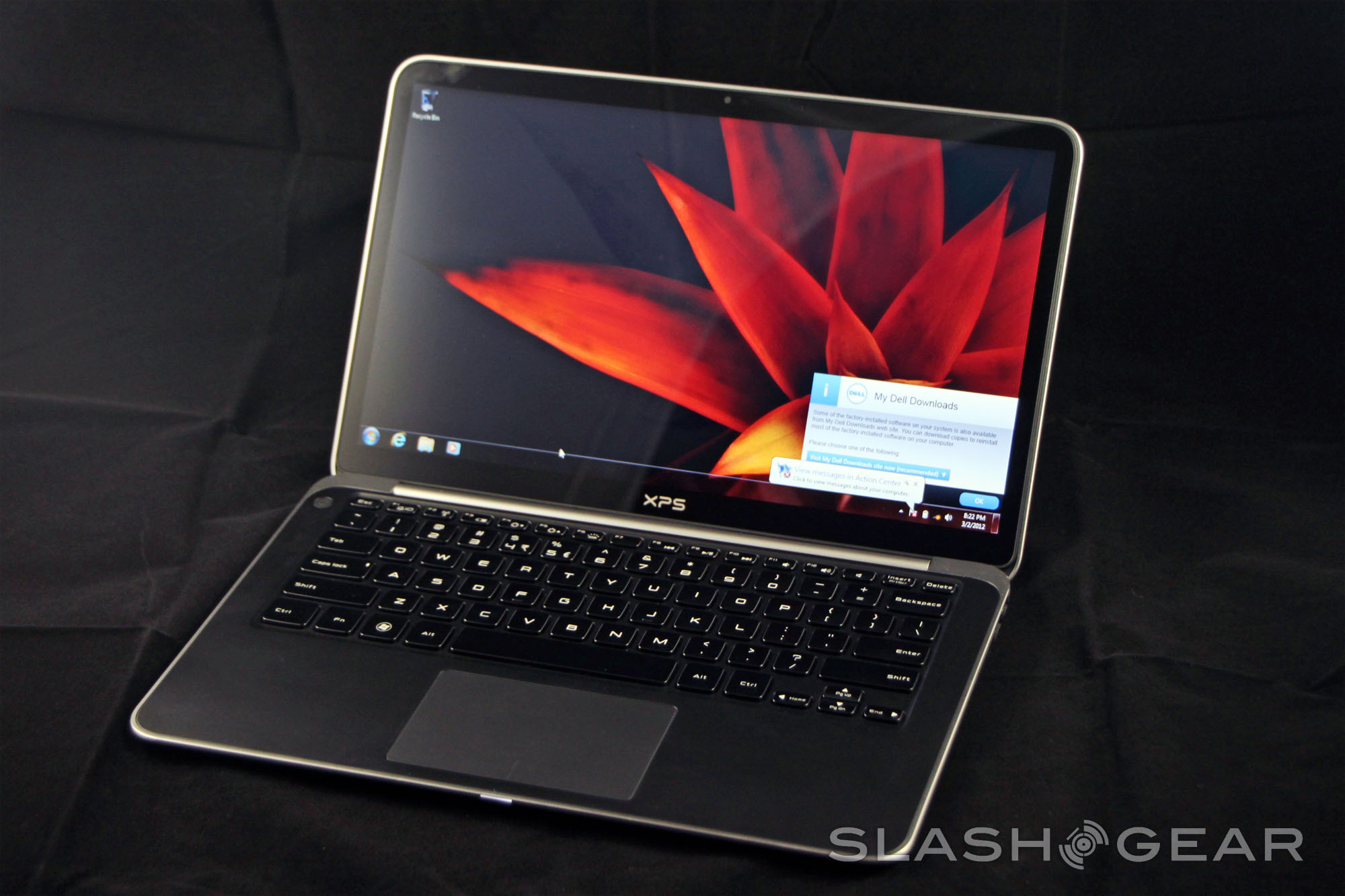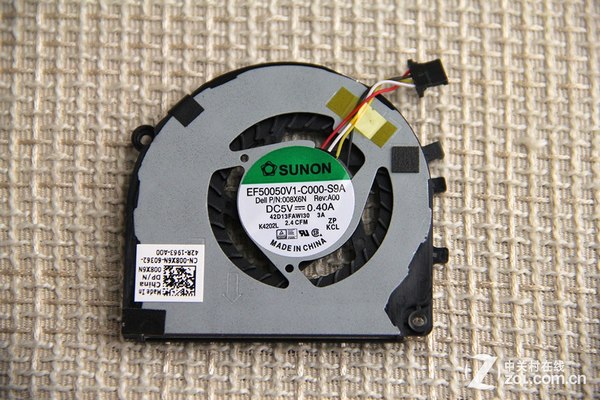


Sadly that makes it seem that the rig is quite heavy. Add to it the fact that the machine has been built out of a single block of aluminium, and it’s as solid as a notebook could be. The metallic silver colour at the outside and all-black design lend the device a classy appeal. The Dell looks as plain as any laptop, and that perhaps makes it all the more alluring. With that said, the fans do make quite a noise every now and then, even when you aren’t running processor-intensive tasks. There was nary an instance where it becomes too hot to handle, with the temperature only increasing at the bottom. Helping with the multitasking abilities is 16GB LPDDR3 RAM.Įven better is the fact that the XPS 13 maintains its cool under duress. There were times when the Dell XPS 13 took a split second to open a new app or switch between apps, though these instances were few and far between. Even with multiple apps open, the performance was smooth, though I wouldn’t say that it was completely lag-free. In regular usage, the laptop managed to fly through everything. Its turbo speeds can reach as high as 4.9GHz. My review unit featured the latter, which is quad-core silicon with a clock speed of 1.8GHz. The latest model of the XPS 13 is available in two configurations of the Core-i5 10210 and Core i7 10510. Worth noting however, that Dell’s notebook utilises Comet Lake chips which are based on 14nm process and not the power-efficient 10nm Ice Lake processors which we recently benchmarked on a test machine. Instead of starting with externals, we’ll talk about XPS 13 7390’s innards first… as Dell’s offering is among the first set of devices that come equipped with Intel’s all-new 10th-gen chipsets. 13.3-inch touchscreen display, 4k resolution.


Windows 11 includes a Snap Layout feature, accessed by hovering over the Maximize button on any open window.Windows 11 supports eye control with external eye trackers.The cursor’s size and speed can be adjusted and gestures can be remapped in Touchpad Settings.The keyboard can be remapped with Microsoft’s PowerToys.Caption color and size can be customized and appear close to the bottom of the screen.Standard Dark Mode and custom colors are also available under Personalization. Contrast themes are toggled with Alt + Left Shift + Print Screen. Color Filters including inverted, grayscale, red-green, and blue-yellow can be toggled with Windows + Ctrl + C.Windows 11 supports voice typing (accessed by Windows + H) and speech recognition (toggled with Windows + Ctrl + S).A full list of compatible software can be found on Microsoft’s website. It supports third-party screen readers including NVDA from NV Access and Jaws from Freedom Scientific. Windows 11 includes a built-in screen reader (Narrator).Windows 11 includes a dedicated accessibility menu.


 0 kommentar(er)
0 kommentar(er)
